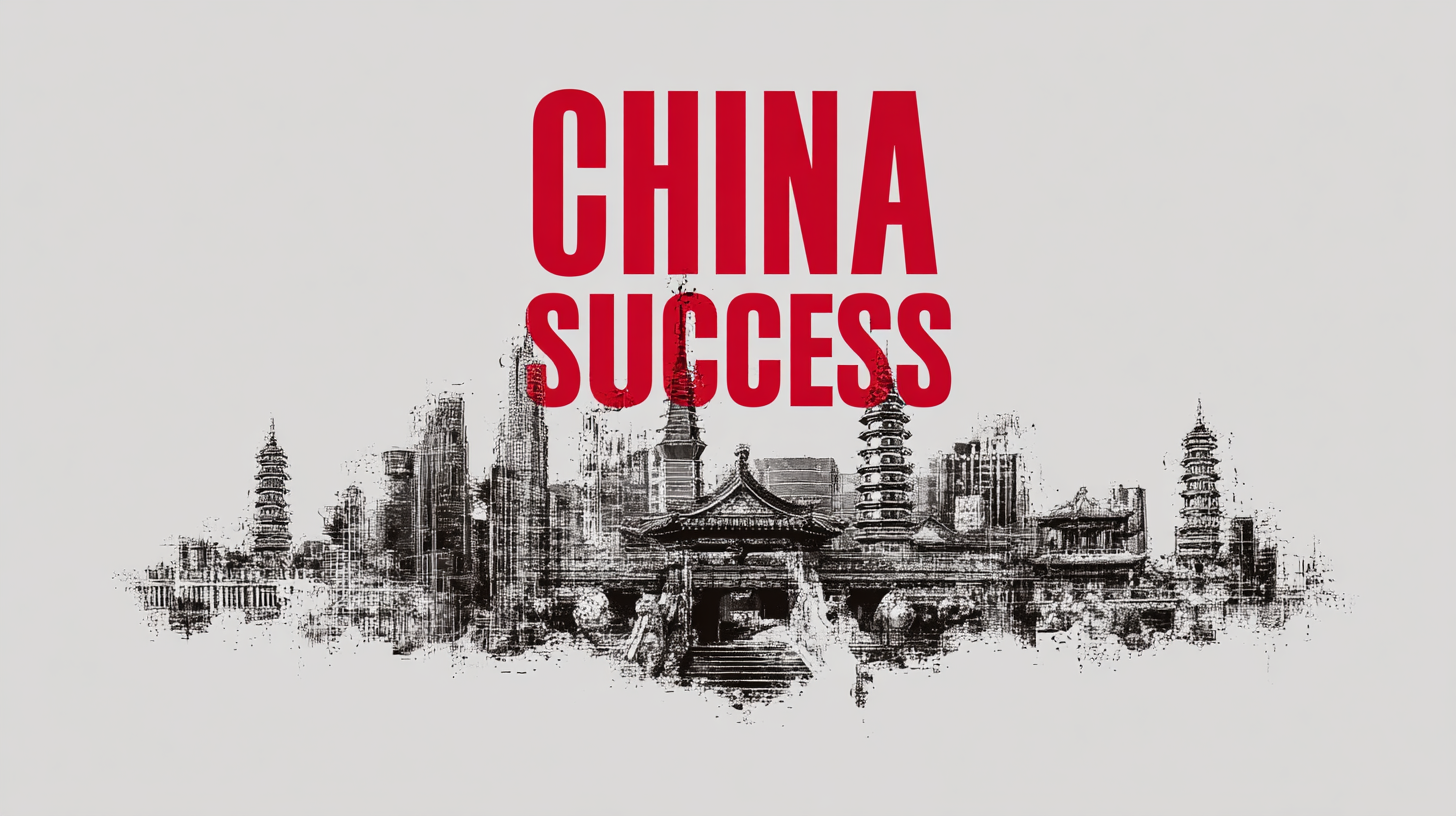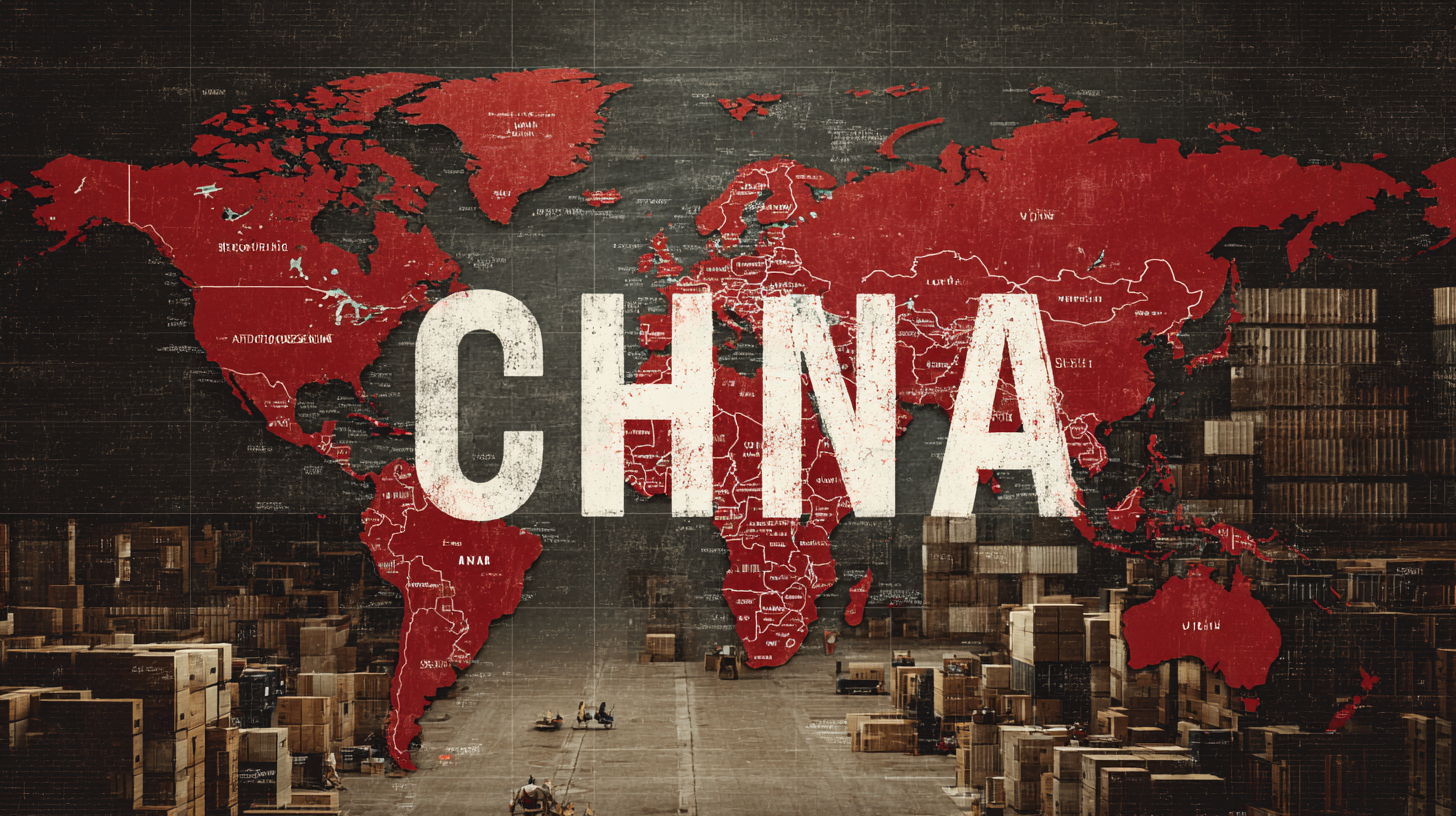
Unlocking Success: A Comprehensive Tutorial on Sourcing the Best China Products for Global Buyers
In recent years, China has solidified its position as a global manufacturing powerhouse, accounting for approximately 28.7% of the world's manufacturing output in 2021, according to the UN. As international buyers increasingly turn to Chinese products to meet their diverse needs, understanding the complexities of sourcing has become critical for success. Navigating import and export certifications is a vital component of this process, with the World Trade Organization reporting that regulatory compliance can significantly impact transaction timelines and costs. By grasping the intricacies of certification requirements and applying effective sourcing strategies, global buyers can unlock a wealth of opportunities in China’s expansive market. This tutorial aims to equip buyers with comprehensive insights and actionable techniques for sourcing the best products from China while ensuring compliance and maximizing profitability.

Understanding the Chinese Market: Key Insights for Global Buyers
Understanding the Chinese market is crucial for global buyers aiming to source high-quality products effectively. With its rapid economic growth and increasing consumer demand, China has become a leading global hub for manufacturing. According to a recent report by McKinsey, the Chinese retail market is projected to reach $6.3 trillion by 2025, making it imperative for buyers to tap into this vast marketplace. Familiarity with local trends and consumer behaviors can significantly enhance your sourcing strategy, ensuring you select products that resonate with buyers both in China and internationally.
Tip: When entering the Chinese market, consider leveraging platforms like Alibaba and Global Sources to discover reliable suppliers. These platforms often provide reviews and ratings, which can guide you in choosing the best partners for your business.
Moreover, understanding regional distinctions within China can further aid in making informed choices. For instance, consumer preferences may vary dramatically between urban areas like Shanghai and rural regions. A report from Statista highlights that e-commerce penetration in urban areas is over 70%, while rural areas are still catching up. A localized approach can help you identify the right products for specific demographics, ensuring higher chances of success.
Tip: Conduct market research to understand local preferences before finalizing your product selection. Engaging with local consultants or conducting surveys can provide valuable insights into emerging trends.
Exploring Alternative Sourcing Strategies Beyond Traditional Suppliers
In today’s global marketplace, sourcing products from China has traditionally revolved around established suppliers. However, recent trends indicate a significant shift toward exploring alternative sourcing strategies. According to a report from McKinsey, nearly 60% of global companies are considering diversifying their supply chains to mitigate risks associated with over-reliance on single-source suppliers. This shift is driven by factors such as geopolitical tensions and disruptions posed by global events like the COVID-19 pandemic.
One innovative approach that buyers are adopting is leveraging technology to identify and connect with lesser-known manufacturers in China. Platforms like Alibaba and Made-in-China are evolving to feature smaller suppliers who can offer competitive pricing and unique product offerings. A survey by Statista reveals that around 32% of buyers are actively seeking out these alternative suppliers to enhance quality and reduce lead times, further emphasizing the need for a more dynamic and flexible sourcing strategy. By diversifying sourcing channels, companies not only broaden their product range but also tap into emerging trends and innovations, ultimately unlocking new avenues for success in the global market.
Product Sourcing Trends from China (2023)
This bar chart illustrates the percentage of global buyers utilizing various sourcing strategies for products from China in 2023. As seen, online platforms dominate the sourcing landscape, followed by direct factory contacts and trade fairs.
Evaluating Product Quality: How to Identify Reliable Manufacturers in China
 When sourcing products from China, evaluating product quality and identifying reliable manufacturers are crucial steps for global buyers. The key lies in conducting thorough research and due diligence. Start by reviewing manufacturers’ credentials, including certifications that meet international standards, such as ISO or CE. These certifications can provide insight into the company's commitment to quality and adherence to industry regulations. Additionally, reading customer reviews and testimonials can offer valuable perspectives on the reliability and service quality of potential suppliers.
When sourcing products from China, evaluating product quality and identifying reliable manufacturers are crucial steps for global buyers. The key lies in conducting thorough research and due diligence. Start by reviewing manufacturers’ credentials, including certifications that meet international standards, such as ISO or CE. These certifications can provide insight into the company's commitment to quality and adherence to industry regulations. Additionally, reading customer reviews and testimonials can offer valuable perspectives on the reliability and service quality of potential suppliers.
Another effective strategy is to request product samples before placing large orders. This allows buyers to assess the quality firsthand and ensure that it meets their specifications. It’s also advisable to visit manufacturing facilities if possible. On-site visits can reveal a lot about the production process, working conditions, and overall operational efficiency. Moreover, fostering open communication with manufacturers can help establish a trustworthy relationship, making it easier to address any issues that may arise during the sourcing process. By taking these steps, buyers can significantly reduce risks and increase their chances of sourcing high-quality products from China.
Leveraging Digital Tools for Efficient Sourcing and Communication
In today's fast-paced global market, sourcing products from China has become increasingly essential for buyers around the world. Digital tools play a pivotal role in simplifying and streamlining this process, allowing businesses to reach potential suppliers more efficiently than ever. Through platforms like Alibaba and Global Sources, buyers can easily browse extensive catalogs, compare prices, and read reviews—making it easier to make informed decisions.
Moreover, effective communication is key to successful sourcing. Utilizing tools such as video conferencing apps, instant messaging, and project management software fosters clearer and more consistent interactions between buyers and suppliers. These digital resources not only help bridge time zone gaps but also eliminate language barriers, ensuring that all parties are aligned in their expectations and requirements. By leveraging these technologies, global buyers can establish strong relationships with Chinese manufacturers, leading to better deals and higher quality products tailored to their needs.

Navigating Legal and Ethical Considerations in Global Product Sourcing
When sourcing products from China, understanding the legal and ethical considerations is paramount for global buyers. Compliance with international trade laws and regulations cannot be overlooked. Companies must familiarize themselves with customs duties, import/export licensing, and pertinent regulations such as the General Agreement on Tariffs and Trade (GATT). This knowledge not only helps in avoiding costly penalties but also fosters a smooth transaction process.
Ethical sourcing is equally crucial in maintaining a positive brand reputation. Buyers must evaluate their suppliers on factors such as labor practices and environmental sustainability. Conducting thorough audits and engaging with suppliers who uphold fair labor practices can mitigate potential risks related to exploitation and human rights violations. Furthermore, supporting suppliers who are committed to sustainable practices promotes corporate social responsibility and appeals to increasingly conscientious consumers. Navigating these complexities can ultimately enhance a business’s credibility and build stronger relationships with both suppliers and customers.
Unlocking Success: A Comprehensive Tutorial on Sourcing the Best China Products for Global Buyers
| Product Category | Average Price (USD) | MOQ (Minimum Order Quantity) | Lead Time (Days) | Quality Certification | Sustainability Rating |
|---|---|---|---|---|---|
| Electronics | 25.00 | 100 | 30 | CE, FCC | B |
| Textiles | 15.00 | 200 | 45 | OEKO-TEX | A |
| Household Goods | 10.00 | 300 | 20 | BPA Free | B |
| Toys | 8.00 | 150 | 40 | ASTM, EN71 | A+ |
| Sporting Goods | 20.00 | 50 | 60 | ISO 9001 | B |
